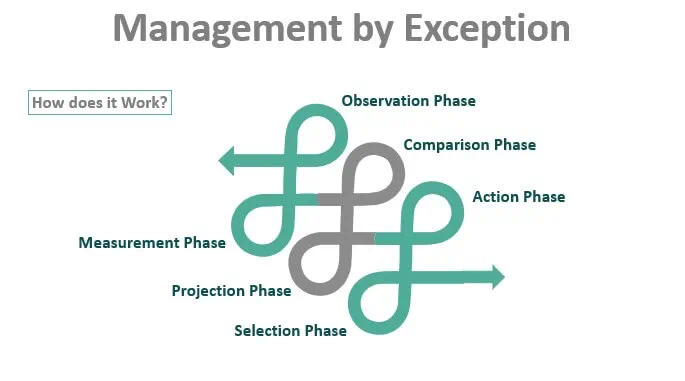Unleash the Power of Data Analytics to Master Management by Exception
Data analytics is a powerful tool for businesses to track performance, identify trends and make decisions. By leveraging the power of data analytics, managers can gain an invaluable insight into their organization and effectively manage by exception.
This process involves monitoring key performance indicators (KPIs) to determine whether an organization is meeting its goals. When performance falls below expectations, managers can take corrective action to ensure goals are met. Data analytics allows companies to identify areas of underperformance, determine root causes and take corrective measures.
Additionally, it helps managers to identify opportunities for improvement and set goals for the future. With data analytics, managers can create accurate and actionable management strategies that will help them to meet their objectives and maximize efficiency.
By 2023, overall analytics adoption will increase from 35% to 50%, driven by vertical and domain-specific augmented analytics solutions
What is management by Exception?
Management by Exception is a management strategy that allows managers to respond to exceptions such as employees struggling to meet deadlines or projects going over budget. This strategy is useful because it allows managers to be vigilant and address issues before they become too big to handle.

Different Phases of Implementing management by Exception
There are 6 phases in implementing management by exception: Measurement, Projection, Selection, Observation, Comparison and Action.
Measurement Phase
The measurement phase of Management by Exception is a crucial step in the overall process. This phase involves gathering data to measure the performance of the process, and then analyzing that data to identify areas of non-conformance. This helps to identify areas where corrective action needs to be taken to ensure that the process meets its desired objectives.
Projection Phase
The projection phase is a key component of the Management by Exception (MBE) process. The purpose of this phase is to compare actual performance against projected performance and identify any exceptions, or deviations from the plan. The projection phase begins by setting performance targets for each task or process. This involves forecasting performance, which is based on historical data and industry trends, as well as any external factors that may affect performance.
Selection Phase
The selection phase is a critical part of the Management by Exception process. In this phase, managers must choose which activities and processes to monitor. This includes deciding which metrics should be monitored, as well as which personnel and departments to monitor. It also includes deciding which exceptions to investigate and what corrective actions to take when exceptions occur.
During this phase, it is important to consider the goals of the organization, the resources available, and the potential risks involved. Managers must also decide how often they should review the metrics and how they will communicate their decisions to employees. The selection phase is essential for successful Management by Exception, as it helps to ensure that the time and resources devoted to the process are being used effectively.
Observation Phase
During the observation phase, managers are expected to take a closer look at their operations and evaluate how they are performing. This includes looking for any discrepancies or areas where adjustments may be needed. To ensure accuracy and objectivity, managers must review data on a regular basis, compare it to established performance standards, and analyze the results.
Comparison Phase
Once the data has been gathered, it should be compared to expected performance levels, as well as industry and organizational standards. If the data shows that performance is below expectations or standards, then the organization must take corrective action.
Action Phase
The last phase in implementing management by exception is the action phase. During this phase, managers will take action based on the conclusions that were made in the previous phases. This can include providing coaching to employees, adjusting KPIs, or making organizational changes.
Summing Up!
Data analytics is becoming increasingly important for businesses, and one of its most powerful applications is in the area of management by exception. By leveraging the power of data analytics, you can gain insight into how your business is performing and where it needs improvement. With the right data and analytics tools, you can quickly identify potential problems and take the necessary corrective action to ensure that your business meets its objectives. By mastering the art of management by exception, you can streamline decision making and drive greater efficiency, enabling you to focus on the most important aspects of your business.

